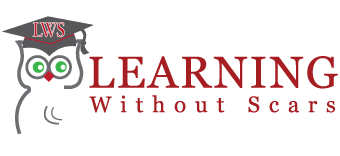Customer loyalty is crucial when it comes to your success in your business. In the midst of managing the parts business for the highest levels of customer loyalty, we often overlook the profitability of the parts business.
The profits provided by the parts business goes to cover the expenses and costs of operating the business. This is the contribution of profit to the business. This is all very straightforward, of course. But where we all clearly understand the contribution of profit to the business, absorption is something that is less clear.
In the 1950s, the model of Absorption was developed as a way of managing profits and expenses in the parts business. This important class offers clarity in the financial aspects of a fiscally healthy parts business, and how it positively impacts the overall strength of the dealership.
